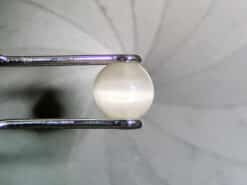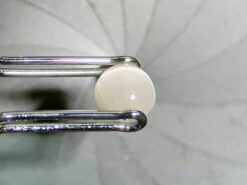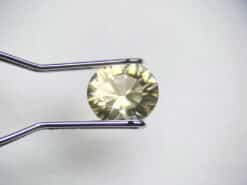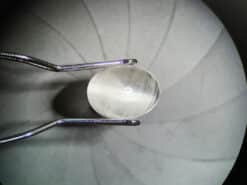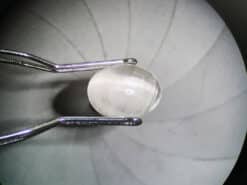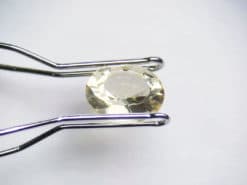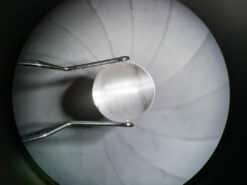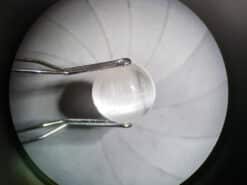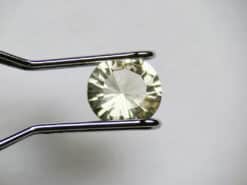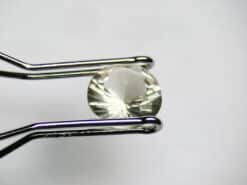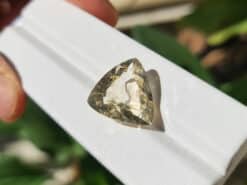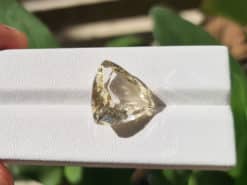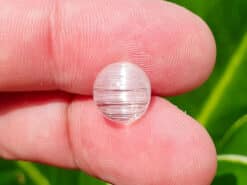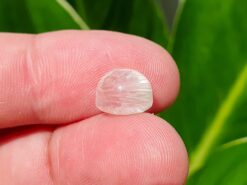Rutilated topaz
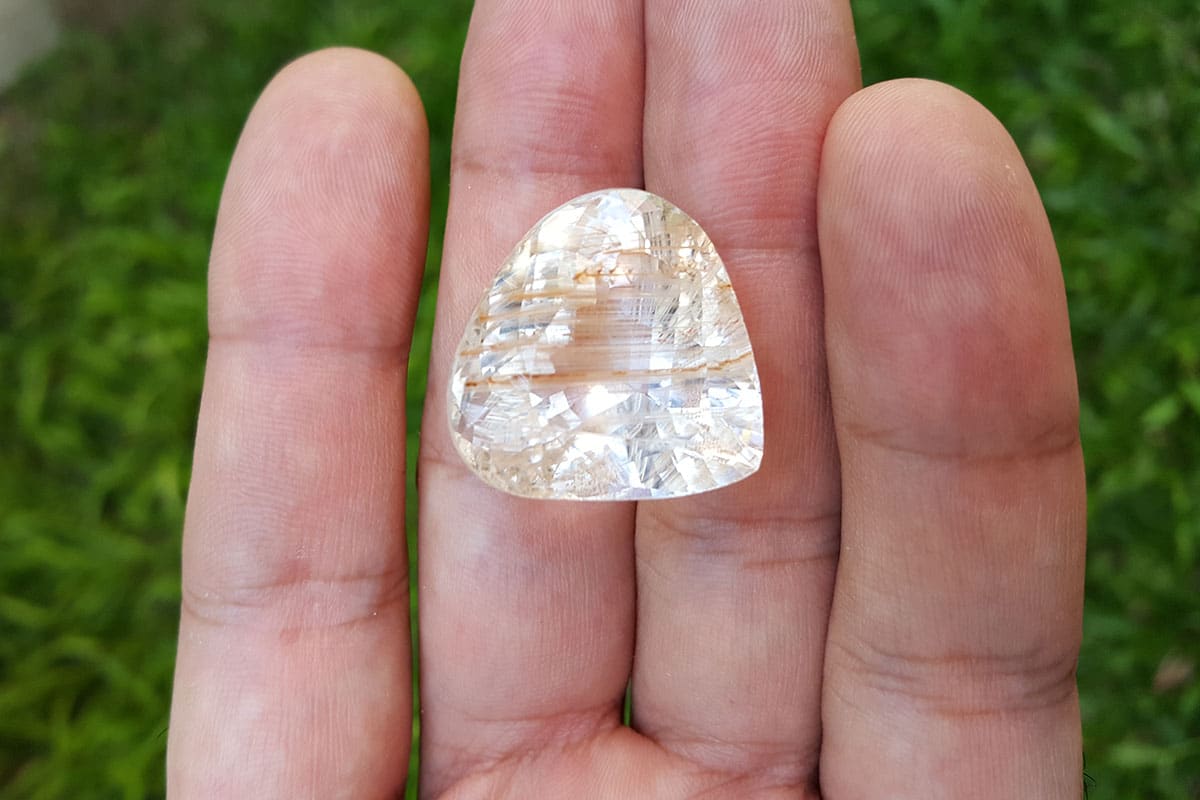
Buy natural topaz in our shop
Rutilated topaz meaning
Rutilated topaz with yellow needle-like inclusions of the mineral Limonite. Rutile Topaz is very similar in appearance to rutilated quartz, hence the name Rutile Topaz. However, the name is a misnomer, since unlike rutilated quartz which has inclusions of the mineral Rutile, the inclusions of Rutile Topaz are not Rutilated Topaz but rather Limonite.
Pure topaz is colorless and transparent but is usually tinted by impurities, typical topaz is wine red, yellow, pale gray, reddish-orange, or blue brown. It can also be white, pale green, blue, gold, pink (rare), reddish-yellow or opaque to transparent/translucent.
Orange topaz, also known as precious topaz, is the traditional November birthstone, the symbol of friendship, and the state gemstone of the US state of Utah.
Imperial topaz is yellow, pink (rare, if natural) or pink-orange. Brazilian Imperial Topaz can often have a bright yellow to deep golden brown hue, sometimes even violet. Many brown or pale topazes are treated to make them bright yellow, gold, pink or violet colored. Some imperial topaz stones can fade on exposure to sunlight for an extended period of time.
Blue topaz is the state gemstone of the US state of Texas. Naturally occurring blue topaz is quite rare. Typically, colorless, gray or pale yellow and blue material is heat treated and irradiated to produce a more desired darker blue.
Topaz is commonly associated with silicic igneous rocks of the granite and rhyolite type. It typically crystallizes in granitic pegmatites or in vapor cavities in rhyolite lava flows including those at Topaz Mountain in western Utah and Chivinar in South America.
It can be found with fluorite and cassiterite in various areas including the Ural and Ilmen mountains of Russia, in Afghanistan, Sri Lanka, Czech Republic, Germany, Norway, Pakistan, Italy, Sweden, Japan, Brazil, Mexico, Flinders Island, Australia, Nigeria and the United States.
Brazil is one of the largest producers of topaz, some clear topaz crystals from Brazilian pegmatites can reach boulder size and weigh hundreds of pounds. Crystals of this size may be seen in museum collections. The Topaz of Aurangzeb, observed by Jean Baptiste Tavernier weighed 157.75 carats.
The American Golden Topaz, a more recent gem, weighed a massive 22,892.5 carats. Large, vivid blue topaz specimens from the St. Anns mine in Zimbabwe were found in the late 1980s.
Rutilated topaz crystal
Natural topaz for sale in our gem shop
We make custom made topaz jewelry as engagement rings, necklaces, stud earrings, bracelets, pendants… Please contact us for a quote.

